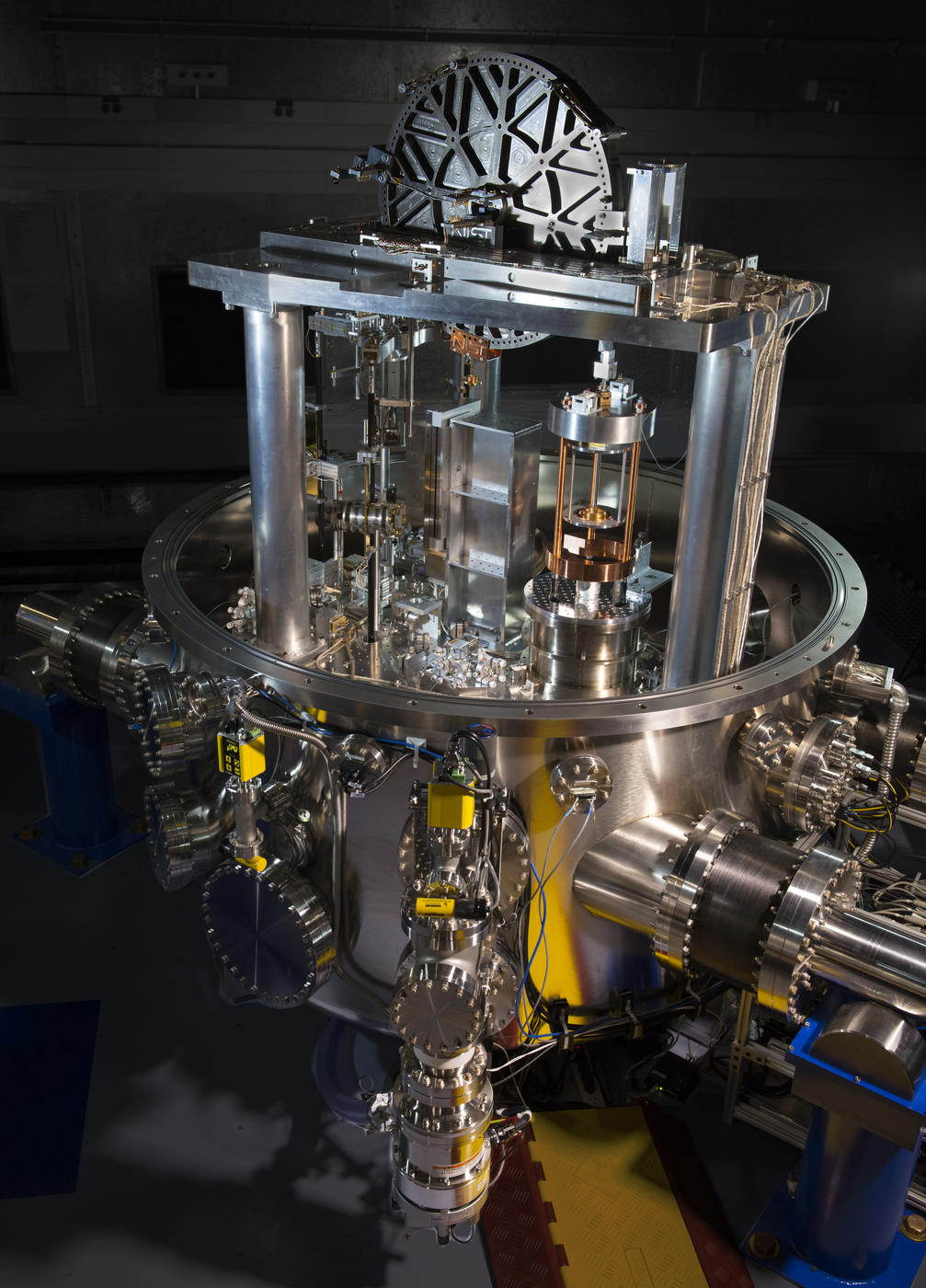At last. Here we are at the end of the metric road. If you have read earlier posts, you know that we have been examining each of the SI’s seven base units. We have covered six of these and are now ready to discuss the kilogram.
The kilogram is the SI unit of mass, and harkens back to the earliest days of the Metric System. It comes to be somewhat ironic then, that the kilogram proved to be the most difficult unit to adequately define. It took scientists until 2019 to find a satisfactory way to tether the kilogram in natural constants, allowing the SI to finally become a system “For all times, for all peoples.”

In the original revolutionary conception of the Metric System, French scientists proposed the gramme (English gram) as the basic mass unit. The gramme in turn was to be set as the mass of one cubic centimeter of distilled water. However, such a small standard soon proved to be impractical, so the gram was traded for its larger cousin, the kilogram. Using the best methods in casting, measurement, and temperature control, a platinum kilogram standard was fashioned with a mass equal to that of a liter of distilled water (1 L = 1000 cm^3).
Another important development came in 1875, with the Meter Convention. Seventeen countries officially recognized the meter and kilogram as international standards of length and mass. To match its expanded role, the kilogram received an upgraded artifact. The brand new International Prototype Kilogram (IPK or “Big K”) was made from a platinum-iridium alloy to be more resistant to corrosion (Fig 1). Copies of the IPK were soon made and dispersed to Meter Convention signatories for use as national standards. The US, for example, received versions 4 and 20 (K4 and K20), which are kept at a NIST laboratory.
As discussed in earlier blogs, artifact standards are a terrible way to define units. Even with the utmost care in manufacturing, metal warps and bends, dust and dirt can affect mass, and toting a prototype around is cumbersome. During several periodic weigh-ins between 1900 and 2000, the IPK was compared to its copies with — metrologically speaking — gut-wrenching results. For reasons still unclear, some artifacts gained mass, some lost mass, and still others lost and gained mass. It was a scientific nightmare.

A new piece of technology, called a Kibble or Watt balance, was pioneered to resolve this problem (Fig 2). This device functions remarkably similarly to a standard balance. A mass hangs on one side, while the other is attached to electromagnets. A precisely calibrated magnetic force balances the weight of the mass. This allowed the CGPM to arrive at a new definition for the kilogram:
“The kilogram, symbol kg, is the SI unit of mass. It is defined by taking the fixed numerical value of the Planck constant h to be 6.626 070 15 × 10^(-34) when expressed in the unit J s, which is equal to kg m^2 s^(-1), where the meter and the second are defined in terms of c and ΔνCs.”
The Planck constant is a natural constant which relates the energy of a wave to its frequency. Energy, in turn, is related to mass by Einstein’s famous E = mc^2 equation. These relations allowed for the energy powering the electromagnets to be linked to the mass being balanced, connecting the kilogram to the Planck constant.
And that’s it. That concludes this overview of the world measuring system, the SI. I hope you learned something and enjoyed it. The next blog in this serious will pursue a new route, examining the highly convoluted and archaic United States Customary System. Until then.
Hi! I am new to your blog page and I am kind of shocked that defining the use and origin of one measure of the metric system could be so complicated. I honestly had to re-read the blog because I am so unfamiliar with these informative details, however I am glad that I was placed into the same group as you! I have much to learn!
Hey Scout! As a science student, I am really surprised to read a very different face of the basic scientific terms we use everyday. I really never thought about its origin or history and how much worth a unit can have. Your blog is really informative and this proves your passion for science. I am really excited to read your future blogs!